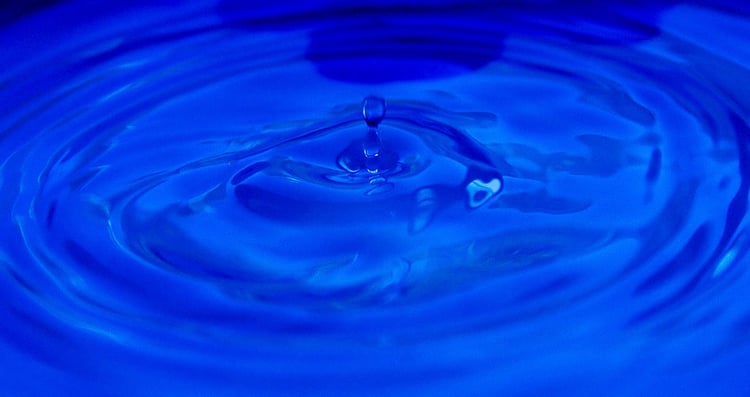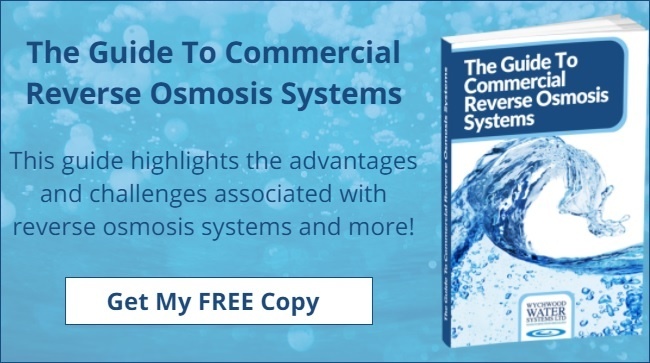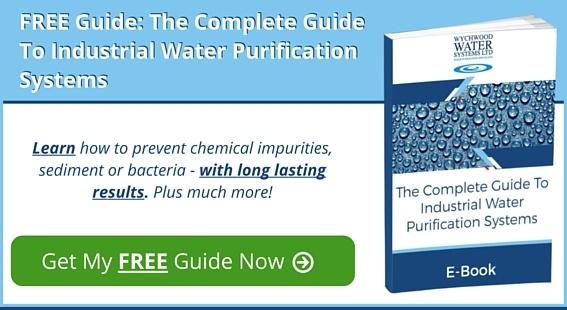
Maintaining the quality of water in any facility is a constant challenge. This is especially true in facilities that require pure water for manufacturing. Deionisation produces water in its purest form, free of chemicals, minerals and other impurities. This article will explain more about how deionisation affects chemical impurities in water.
Why Deionisation Is Important
Deionised water is crucial for the creation of chemically-sound products. In order to do this successfully, water must be completely free of impurities that could alter the product’s chemical composition. Deionised water takes on the chemical characteristics of any substance added to it, which make it the ideal base for solutions like saline. When the saline formula is added to chemically ‘blank’ deionised water, a replica of the solution is created.
The Deionisation Process
Pure water contains only hydrogen (H+) and hydroxyl (OH-) ions. To achieve this level of purity, all charged ions in water must be removed except for the H2O water molecule.
Deionisation accomplishes this by forcing water through 2 resins, one of which attracts cations, and the other attracts anions. The two resin ‘beds’ can be located in separate chambers in a system, or both resins can be present in the same chamber, which is called a ‘mixed bed’ system.
When passed through the system, water’s positively-charged ions are attracted to the cation resin, which is negatively charged. The cations remain on the resin as water passes to the anion resin, which is positively charged to attract anions.
Anion Resins And Chemical Removal
The chemicals in water are removed in deionisation via two types of anion resin. The resin chosen depends on the kind of chemical impurity that needs to be removed. A strong base resin has the same strength as sulphuric acid, and will remove any chloride, sulphate or alkaline anions in the water and exchange them for hydroxide ions. Where acids need removal, a weak base resin with similar strength to ammonia adsorbs them to its surface.
Eventually, the resins used in industrial deionisation systems will require cleaning to remove collected chemicals. Following cleaning, the resins must be regenerated to ensure the continued capability to remove chemicals from the water. Strong chemicals are required for both cleaning and regeneration.
CEDI – An Alternative To Chemical Resin Use
Where the removal of chemicals must take place, but chemically cleaned and regenerated resins are not desirable, it is still possible to obtain deionised water.
CEDI (continuous electro-deionisation) still makes use of ion-attracting resins. However, with CEDI, electricity is used to clean and regenerate the resins as opposed to chemicals. Water enters the system, where an electrical charge separates molecules and removes chemicals. Electro-deionisation is not only effective at removing the bacteria from water, but it also prevents bacteria from forming in the system via the use of an electrical charge.
Electrical Resistance And The pH Of Deionised Water
Deionised water has a chemical composition that has a very high resistance to electricity. The ‘ultra-pure’ nature of deionised water can be confirmed through testing for resistivity, which is measured in Megohms.
Deionised water in its purest state will measure 18.3 Megohms of resistivity and not be a conductor of electricity. This is because all of the charged ions in water, which carry electricity, are removed during the process of deionisation.
In addition to being unable to conduct electricity, deionised water also has an absolutely neutral pH of 7. If a substance is added to water with a neutral pH, the water will take on the characteristics of that substance.
Which Deionisation Method Is Best For Your Application?
The method of deionisation most suited for an application will be that which removes the target amount of bacteria. It may be that traditional deionisation may work best for certain non-pharmaceutical applications. Where a steady and reliable supply of deionised water is required, such as for the manufacture of sensitive devices or pharmaceutical process, continuous electro-deionisation may be the ideal choice.
It needs to be noted here that both types of deionisation system will require regular disinfection. Without it, bacteria can grow on surfaces, even on CEDI systems, as not all areas will hold a bacteria-preventing electrical charge.
In order to ensure that water is as free from bacteria as possible, the CEDI process must be accompanied by the pre-treatment of water through reverse osmosis.
We Can Help You Choose The Right System For Your Needs
There are many available options for removing bacteria from water. When you need to make a decision for your facility fast, the sheer volume of available information can be overwhelming. That’s why we have created The Guide to Industrial Water Purification Systems. This free resource will give you the information you need to make a sound decision for your facility. You can download the eBook right now by clicking here.
We are also available to speak with you by phone on 01993 892 211, or by email on sales@wychood-water.com, if you have any further questions about industrial water purification.










 We are a specialist independent company involved in water purification and water treatment technologies
We are a specialist independent company involved in water purification and water treatment technologies


